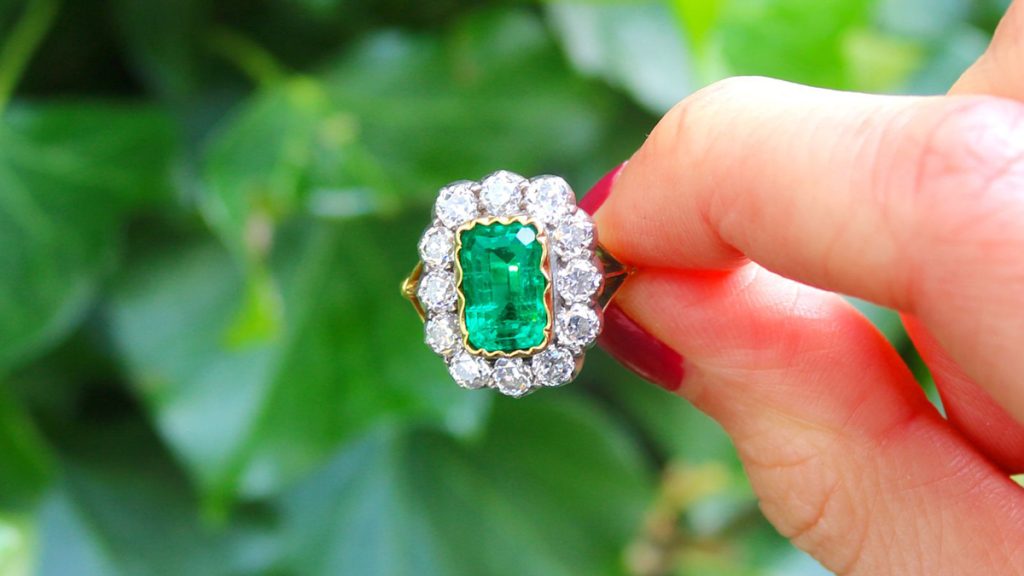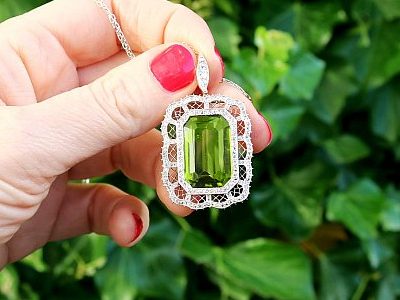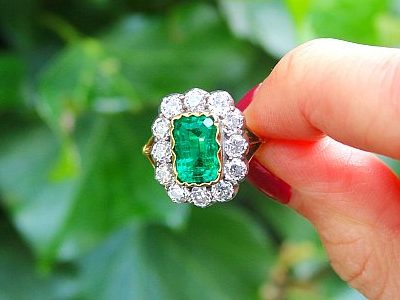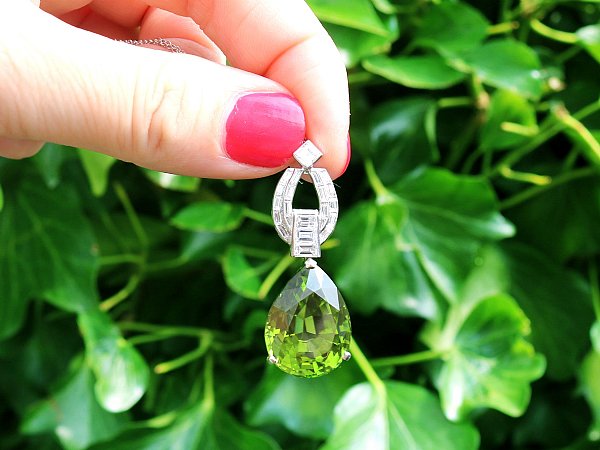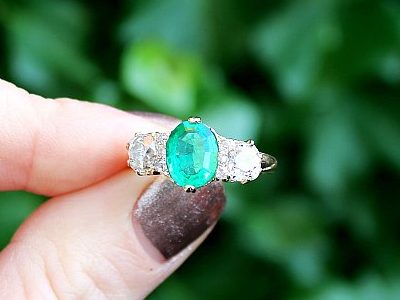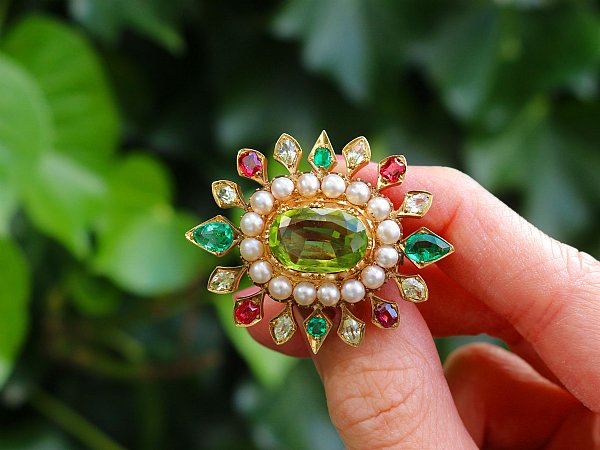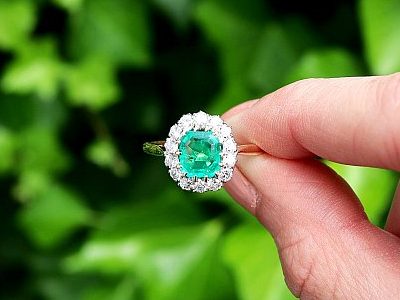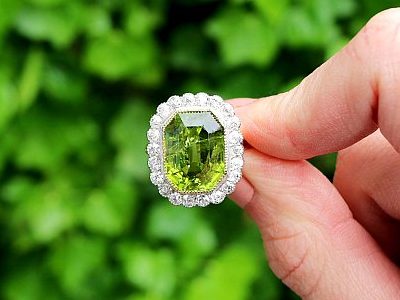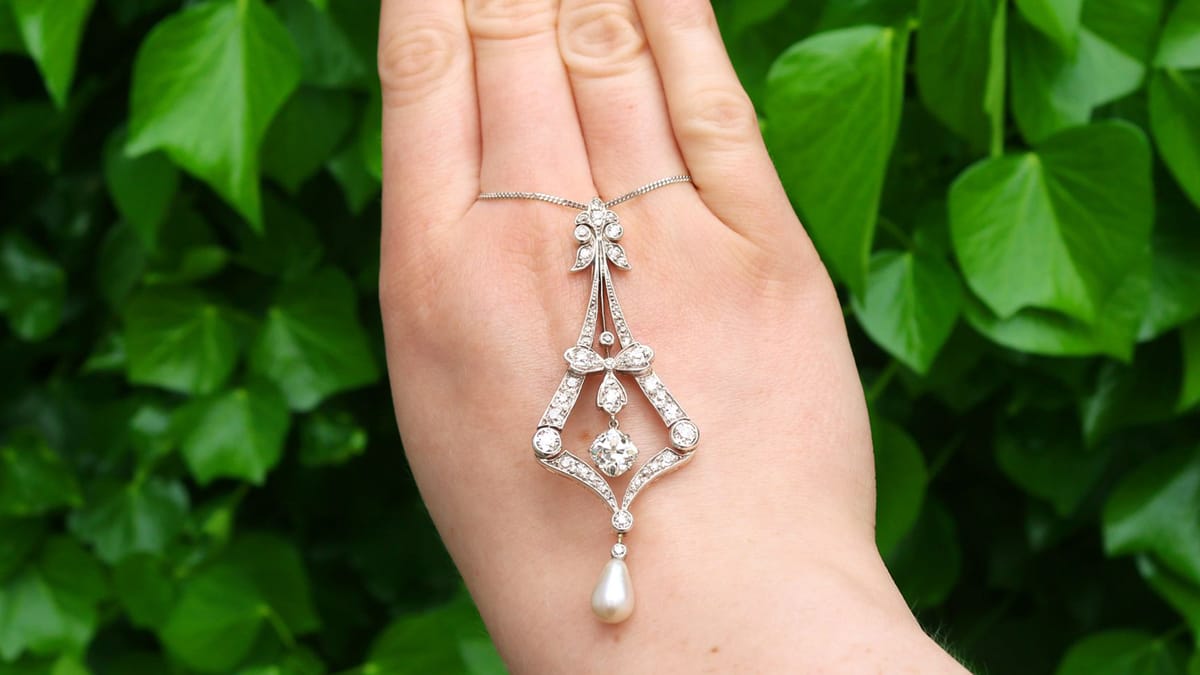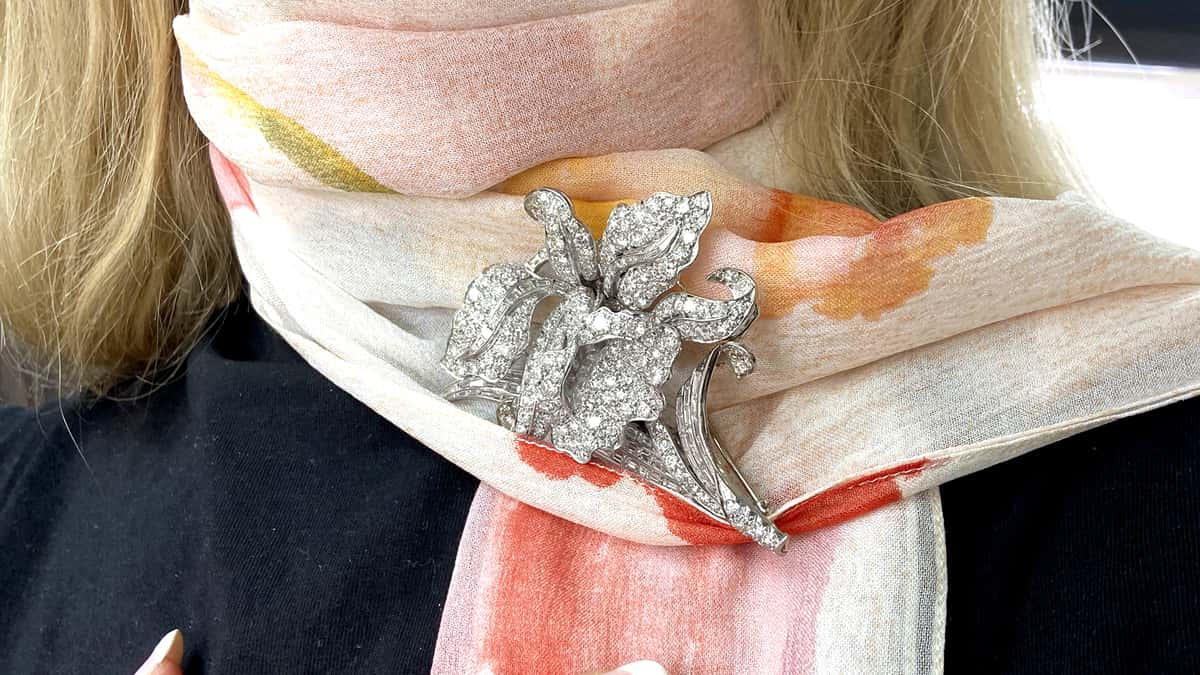Among gemstones, the ‘big three’ are widely considered to be rubies, sapphires, and emeralds. With red, blue and green being such broad colour spectrums, however, there are a lot of different gemstones in each category. Today, we’re focussing on the second-most popular green gemstone, the peridot.
Are Emerald and Peridot the Same?
The first question to answer is if emeralds and peridots are the same. While they both share green colouring, the shades you’re likely to find in emeralds are starkly different to peridot greens. These gemstones are not the same in their formation, making them definitively different gemstone.
Unlike almost all other gemstones, peridots are formed in the Earth’s mantle. Only diamonds and peridots are formed this deep, with other gemstones being formed in the crust, significantly closer to the surface. Volcanic activity and the natural shifting of the Earth’s tectonic plates shift peridots and diamonds closer to the surface where they can be mined.
Meanwhile, emeralds are formed in the crust through hydrothermal veins which form the mineral beryl. When beryl is exposed to chromium, commonly occurring in Colombia and Zambia, emeralds are created as a result.
To sum up, emeralds and peridots are not the same gemstone, nor are they related stones. Instead, these two beautiful green stones are entirely distinct from one another.
Which is More Valuable?
It’s only natural to wonder which of the two gemstones is more valuable. Peridots are rarely treated in order to appear clearer, whereas most modern emeralds are artificially treated in order to improve their clarity to the naked eye. This process can add to the cost of a gemstone because of the work that has gone in to perfecting it.
Ultimately, the value of being one of the ‘big three’ is tough to beat. Emeralds can go for thousands per carat depending on their overall quality, whereas peridots will never quite fetch the same price. This is good news for anyone who prefers the earthier green tones found in the peridot, however, as it means you can get a lot more bang for your buck.
With a price point of £9,000, for example, you can take home this beautiful 23.20ct peridot pendant. The same budget can fetch you a 1.50ct emerald dress ring. Both pieces of jewellery are beautiful, but if you want a big green stone that won’t break the bank, perhaps peridot is worth your consideration.
Can You Pair Emerald and Peridot Together?
Some stylists will say that you shouldn’t wear different shades of the same colour. These stylists are wrong. Tonal outfits are stunning, and an all-green look comprised of different shades sounds beautiful. Earthy tones are so well-complimented by emerald jewellery and peridot jewellery that it would be foolish to exclude one of these groups.
What’s more, emeralds and peridots are often used together in within a single piece of jewellery. The use of both gemstones alongside one another creates a beautiful range of shades that’s perfectly naturalistic in its aesthetic. Anyone who secretly fancies themselves to be an elf of Middle Earth would love the appearance created by using emeralds and peridots in harmony.
Why pit these stones against each other when they can work in perfect harmony? See the below example for how stunning emeralds and peridots can be when they collaborate.
Emerald vs Peridot
If you insist on directly comparing emeralds and peridots, let’s get down to brass tacks. Here is a comprehensive look at the biggest difference between the two stones.
Hardness – This refers to the Mohs scale of mineral hardness, basically covering how much wear-and-tear each mineral can handle. Diamonds are a 10 on the scale, while talc represents the lowest entry. Peridot sits between 6.5 -7. This means it can be worn without too much worry, but perhaps isn’t best for everyday wearing. Emeralds, however, are graded between 7.5 – 8, making them good candidates for wearing every day.
Colour – Of course, the ideal colour is subjective, so there are no real winners here. Regardless, emeralds take on a brighter green hue than peridots, sometimes even bordering on a blue-green aqua colour. Peridots are generally much darker and marshier in their colouring. The more pigmented, rich green peridots are considered of a higher value than the clearer, pale greens which border of white-green.
Rarity – Both of these gemstones can be found in various spots around the world. Emeralds are often marketed as being the rarer gemstone, but this is linked to the quality of the stone more than its genuine rarity. Emeralds are not entirely rare, but finding stones that are a high enough quality to make luxury jewellery is significantly more difficult when using emeralds than it would be with peridots.
Significance – Both emeralds and peridots are used for birthstones. Those born in May can enjoy the emeralds whilst those with August birthdays make use of peridots as their birthstone. Culturally, emeralds are likely the more ‘important’ of the two stones. They have been highly prized throughout most of history by cultures around the world. Unfortunately for peridot, its history largely revolves around being mistaken for emerald.
The Bottom Line
Perhaps we are a biased source, but we believe both gemstones are stunningly beautiful and desirable. Unless you’re looking for something specific like birthstone jewellery, there’s no reason why you should have to choose between emeralds and peridots. The colouring of the gemstone is the most obvious reason to pick one stone over the other, and this varies so much from stone to stone that it’s not worth stating that one is definitively ‘better’ than another.
When picking jewellery, following your heart is the most important part of the process.

